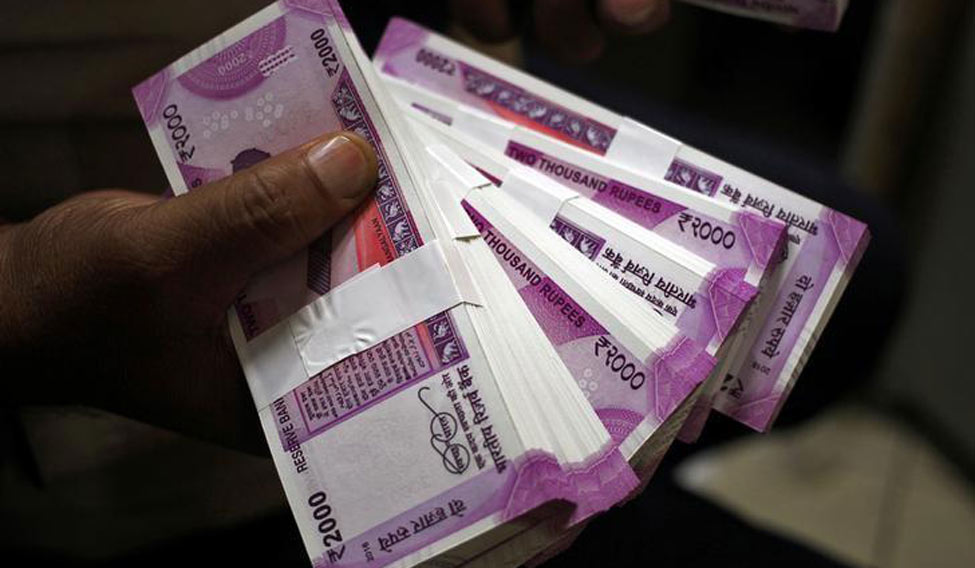Raghuram Rajan, the then governor of Reserve Bank of India had told banks to clean up their balance sheets by March 2017. Quarterly earnings announced by nine private sector banks shows that non-performing assets remain high. But the general view among industry experts is that the worse may be over for most private sector lenders.
Most of the private banks reported a surge in gross NPAs year-on-year. But, sequentially gross NPAs have been either under control or declining for several banks, an indication that most of the recognition of bad loans may have already happened and is unlikely to rise significantly going ahead.
Gross NPAs of the nine private lenders have increased sharply from 1.93 per cent of total advances for the quarter-ended March 2015 to 2.51 per cent in March 2016 and 3.91 per cent in March 2017. However, on a quarter-on-quarter basis, gross NPAs were maintained at 3.91 per cent.
Manisha Sachdeva, associate economist at Care Ratings says the increase in gross NPAs can be attributed to the recognition norms being pursued by banks after RBI highlighted the same in late-2015 as well as little progress in the health of some of the stressed companies.
“The banks were supposed to clean up their balance sheets by March 2017. It seems that these private sector banks may have reached a stage where they have completed the process of recognising the non-performing assets,” said Sachdeva.
The country's largest private sector lender ICICI Bank saw its gross NPAs as a percent to advances rise from 7.2 per cent in the quarter-ended December 31, 2016 to 7.89 per cent in the quarter-ended March 31, 2017. On an absolute basis, ICICI Bank's gross NPAs (net of write-offs) in the fourth quarter were at Rs 42,551 crore, versus Rs 38,085 crore in the third quarter.
HDFC Bank's gross NPAs were stable at 1.05 per cent to advances, while Axis Bank reported gross NPAs of 5.04 per cent in the January-March quarter, lower than the 5.22 per cent gross NPAs in the October-December quarter, but much higher than the 1.67 per cent a year ago.
Chanda Kochhar, CEO, ICICI Bank said in a conference call that the addition to NPAs had been gradually declining over the first three quarters of the last financial year, but fourth quarter NPA additions were elevated due to one account in the cement sector and excluding that account the addition to NPAs was lower than the fourth quarter.
“The new NPA additions in FY2018 should be lower than in FY2017. We also expect some upgrades from NPAs,” Kochhar told reporters.
Its a view shared by market analysts, who say that barring a few accounts, the NPA problems at private banks seemed to be under control.
“There is no sign of a major deterioration further in NPAs. Incrementally, the stress appears to be gradually waning, the problem seems to be peaking out for banks that have so far reported earnings,” said Siddharth Purohit, banking analyst at Angel Broking.
Banks conducted asset quality reviews over August 2016 to March 2017 in order to recognise NPAs. While, some incremental NPAs will continue to be reported by banks, but over the next few quarters, it could plateau out.
“The NPAs this year will not rise as sharply as we have seen in the previous fiscal,” added Purohit.
Axis Bank also said it believes that on slippages, the worst of this credit cycle was “largely behind us,” but multiple uncertainties still remained with regards to resolution mechanisms for stressed loans.
Gross NPAs (per cent to advances) of private sector banks in Q4, 2017.






